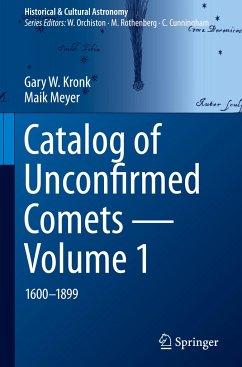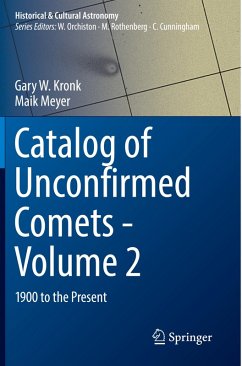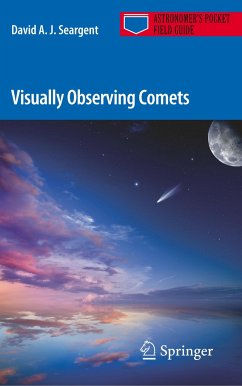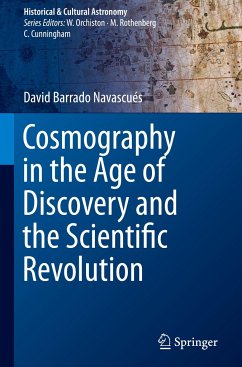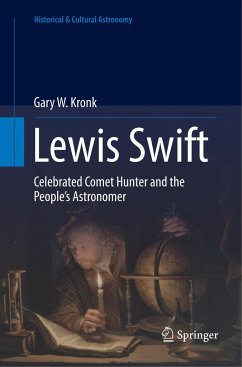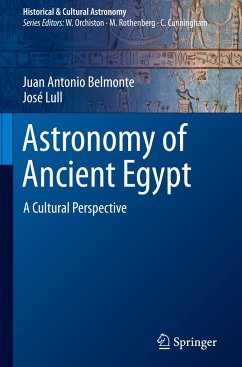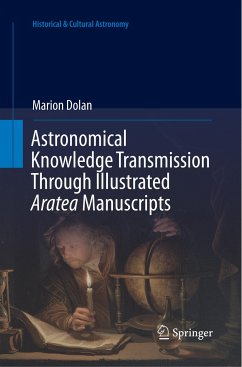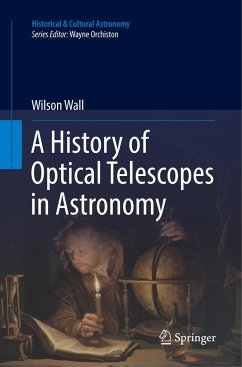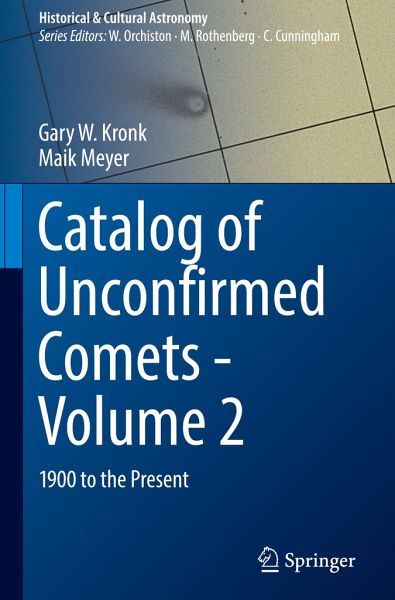
Catalog of Unconfirmed Comets - Volume 2
1900 to the Present
Versandkostenfrei!
Versandfertig in 1-2 Wochen
191,99 €
inkl. MwSt.
Weitere Ausgaben:

PAYBACK Punkte
96 °P sammeln!
This two-volume catalog is the first in-depth investigation of comets that were reported since the 17th century but not confirmed and subsequently lost. Volume 2 covers objects observed between 1900 and the present, a period that was dominated by photographic observations and the detection of much fainter objects.This book provides a distinctive blend of the historical and cultural aspects of comet hunting and discovery, along with the utilization of contemporary tools in orbital mechanics and data analysis. This comprehensive compilation offers a thorough catalog of unconfirmed comets. Each c...
This two-volume catalog is the first in-depth investigation of comets that were reported since the 17th century but not confirmed and subsequently lost. Volume 2 covers objects observed between 1900 and the present, a period that was dominated by photographic observations and the detection of much fainter objects.
This book provides a distinctive blend of the historical and cultural aspects of comet hunting and discovery, along with the utilization of contemporary tools in orbital mechanics and data analysis. This comprehensive compilation offers a thorough catalog of unconfirmed comets. Each case encompasses a detailed presentation of observations, a discussion on the observer (when feasible), an examination of the historical context, and a conclusive analysis of the object's nature. The book predominantly showcases original material and photographs sourced from observatories, libraries, and historical societies worldwide; exposing a significant number ofillustrationsthat have never been previously published.
While some of these unconfirmed comets were determined to be misidentifications of minor planets, artifacts caused by emulsion or optical effects, or inaccurate observations of comets that were already under observation, the Authors did manage to identify numerous objects that were likely genuine comets. These observations hold potential value for the future, as they could be observations of periodic comets yet to be formally identified. In a handful of instances, the Authors were also able to find new observations, which led to the calculation of orbits for the first time, enabling a formal announcement, or identifying suspected comets that were already known to be periodic comets.
This book provides a distinctive blend of the historical and cultural aspects of comet hunting and discovery, along with the utilization of contemporary tools in orbital mechanics and data analysis. This comprehensive compilation offers a thorough catalog of unconfirmed comets. Each case encompasses a detailed presentation of observations, a discussion on the observer (when feasible), an examination of the historical context, and a conclusive analysis of the object's nature. The book predominantly showcases original material and photographs sourced from observatories, libraries, and historical societies worldwide; exposing a significant number ofillustrationsthat have never been previously published.
While some of these unconfirmed comets were determined to be misidentifications of minor planets, artifacts caused by emulsion or optical effects, or inaccurate observations of comets that were already under observation, the Authors did manage to identify numerous objects that were likely genuine comets. These observations hold potential value for the future, as they could be observations of periodic comets yet to be formally identified. In a handful of instances, the Authors were also able to find new observations, which led to the calculation of orbits for the first time, enabling a formal announcement, or identifying suspected comets that were already known to be periodic comets.



